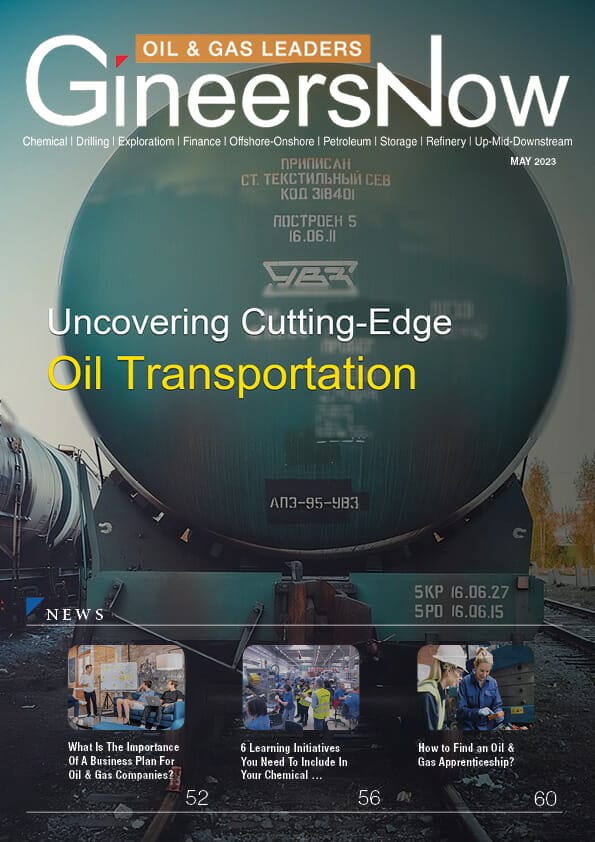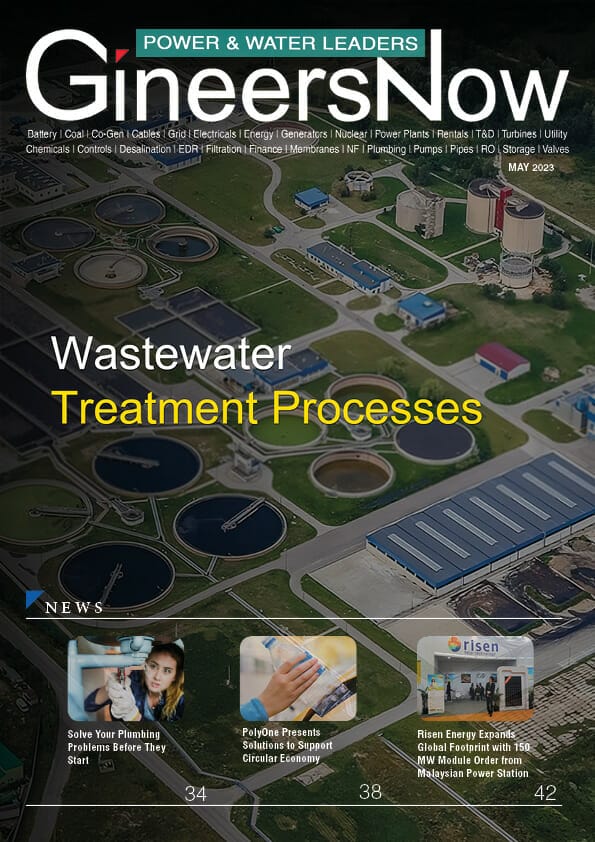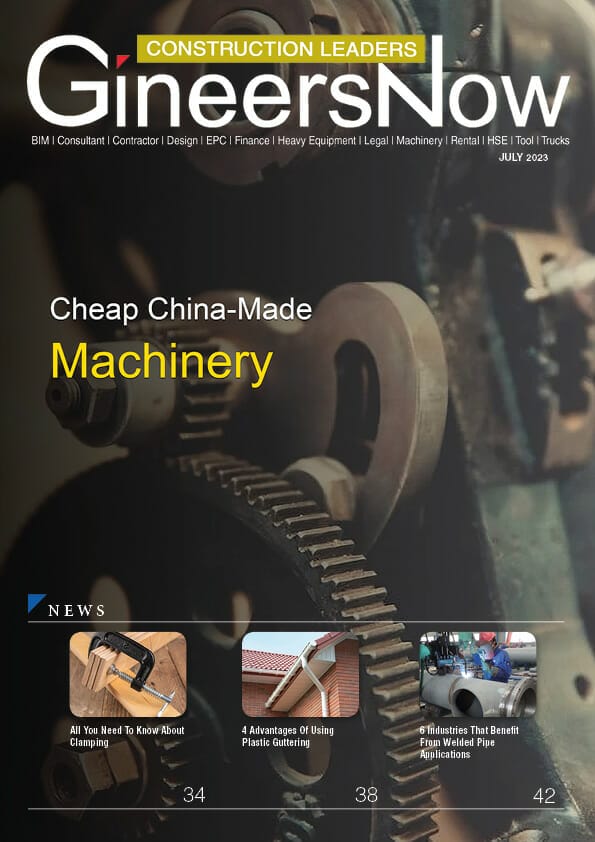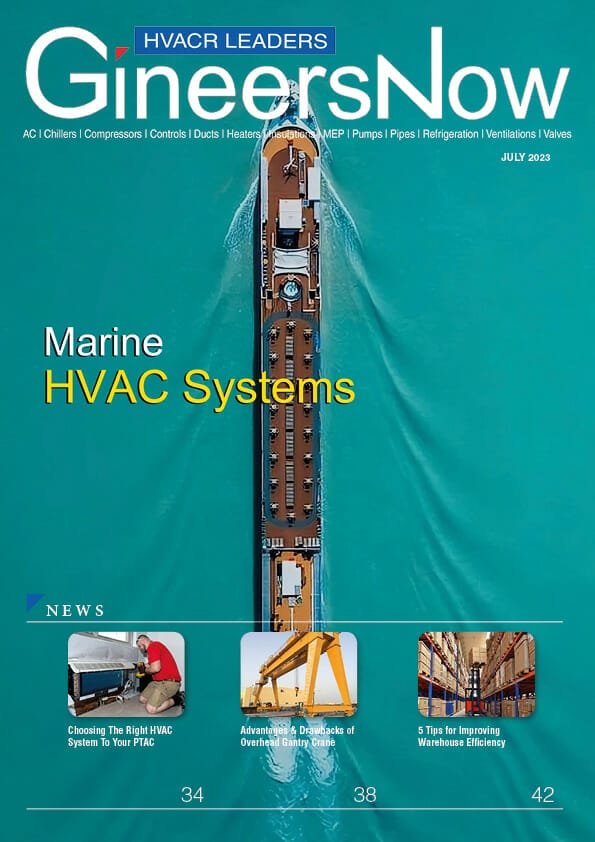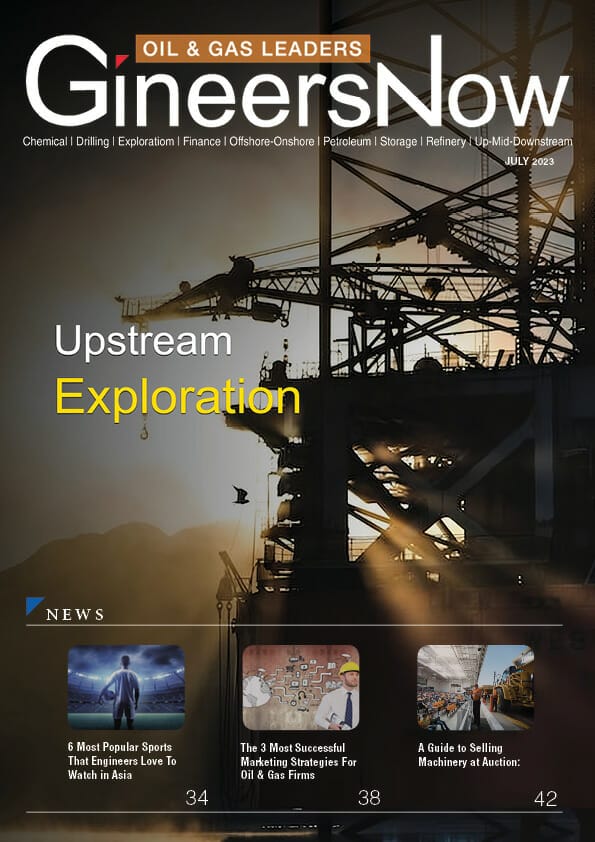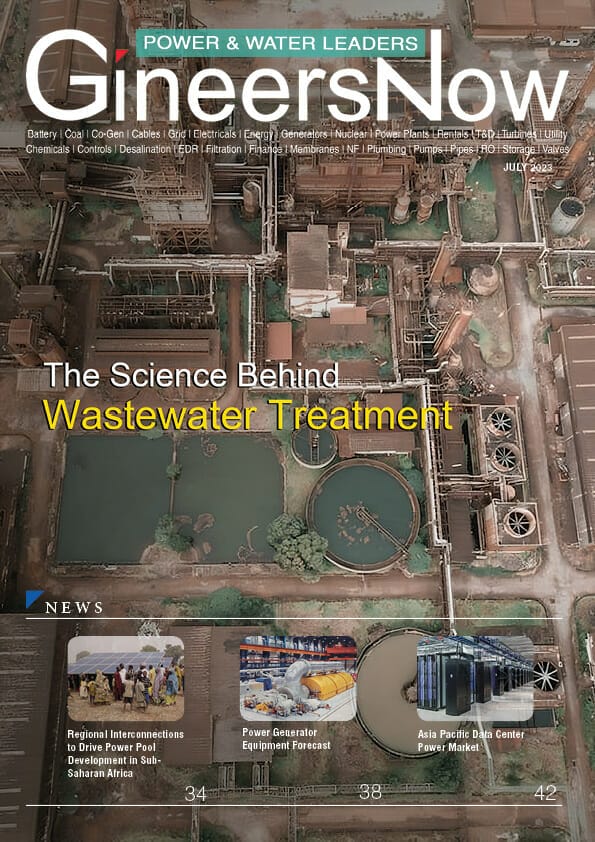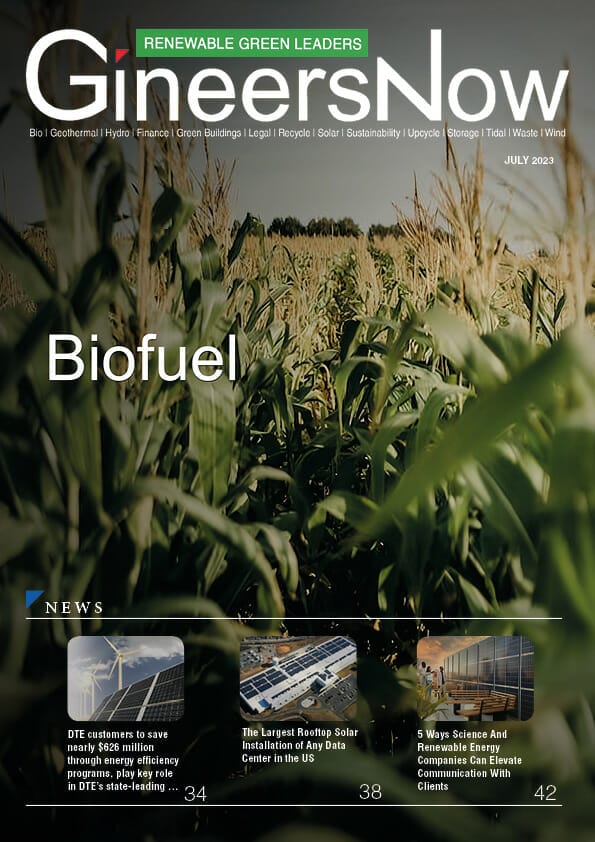Oil transportation has always been an essential part of the global economy. But, with increasing demands for oil from consumers, there is a need to find innovative and cutting-edge ways of transporting this valuable resource. To help uncover how the industry is adapting to meet these demands, this article provides an in-depth look at some of the latest developments in oil transportation.
Cutting-Edge Oil Transportation
The transportation of oil is a critical element of the global energy industry. With ever-changing technologies and regulations, cutting-edge oil transportation has become increasingly complex and dynamic. This article will explore some of the most important developments in this field, covering topics such as safety, innovation, and environmental impact. We will also consider how these new technologies are being used in practice around the world, from pipelines to shipping containers.
The oil transportation industry is undergoing a significant transformation, with newer technologies and innovative techniques taking center stage. These advancements are helping to revolutionize the way oil is transported from one location to another, making it faster, safer, and more efficient than ever before.
One of the most notable developments in oil transportation is the use of drones for inspecting pipelines. Drones equipped with high-definition cameras can fly over pipelines and capture images that help detect any leaks, cracks, or other damages. This helps operators identify potential problems early on and take corrective measures before they become major issues.
Another cutting-edge technology used in oil transportation is digitalization. The use of digital technologies such as sensors and IoT devices enables real-time monitoring of various parameters like temperature, pressure, and flow rate throughout the transport system. This data can be analyzed using advanced algorithms to optimize operations and improve efficiency while minimizing risks such as spillage or contamination.
The Past: Traditional Methods in Oil Transportation
The transportation of oil has a rich history, with traditional methods dating back thousands of years. Before the invention of pipelines and tankers, people had to rely on manual labor and primitive technology to transport this valuable resource. One method was using animal skins or bladders as containers to carry small amounts of oil from one place to another.
As civilization evolved, so did the methods of oil transportation. The first recorded use of pipelines dates back to 500 BC in China, where bamboo pipes were used to carry natural gas. In the early 1800s, wooden pipelines were introduced in America for transporting crude oil over short distances. This paved the way for more efficient methods, such as metal pipelines that could withstand higher pressures and longer distances.
Another traditional method still used today is tanker ships. This method has seen a steep decline in recent years due to the increase in demand for oil and the rise of environmental concerns.
The Present: Modern Innovations in Oil Transportation
The present has brought about a number of modern innovations in oil transportation, making the process safer and more efficient than ever before. From pipeline monitoring systems to new methods of tanker design, these innovations are changing the face of the industry and helping to ensure that crude oil reaches its intended destination with minimal impact on both people and the environment.
One major innovation in oil transportation is the use of automated pipeline monitoring systems. These systems use advanced sensors to detect any anomalies or leaks along a pipeline, allowing operators to respond quickly and prevent any potential spills or accidents. This technology has significantly reduced the risk of environmental damage from oil transportation while also improving efficiency by minimizing downtime for maintenance.
Another groundbreaking development in oil transportation is the creation of double-hulled tankers. These tankers feature two layers of steel around their cargo tanks, providing an extra layer of protection against spills or leaks.
The Future: Cutting-Edge Technology in Oil Transportation
Oil transportation is a vital aspect of the global economy, and it has come a long way over the years. In recent times, innovation in technology has led to significant advancements that have revolutionized the industry. These cutting-edge technologies are set to transform oil transportation even further in the future.
One of the most promising technologies that will shape the future of oil transportation is automation. The use of autonomous vehicles will lead to reduced costs and increased safety measures while transporting oil across long distances. This technology will enable companies to operate round-the-clock without having to worry about driver fatigue or human errors. There are already prototypes being tested for self-driving trucks and drones that can deliver supplies faster and more efficiently than traditional methods.
Another fascinating technology set to make an impact in oil transportation is blockchain. Blockchain provides a secure digital ledger that records transactions, enabling transparent tracking from the source to the delivery point.
Safety Concerns of Oil Transportation
In recent years, oil transportation has become a major concern in the field of environmental safety. Oil spills and leaks can have catastrophic consequences for both the environment and human health. With the increasing demand for oil, there is a need to transport it from its source to various destinations all over the world.
However, transporting large quantities of oil comes with inherent risks that are difficult to mitigate. For example, ocean tankers transporting crude oil run the risk of colliding with other vessels or running aground in shallow waters. Such incidents can lead to massive oil spills that cause severe harm to marine life and ecosystems along coastlines.
In addition to these marine accidents, there are also concerns about pipeline transportation of crude oil through densely populated areas. Pipeline ruptures or leaks can contaminate water sources and create hazardous living conditions for nearby communities.
Cost Analysis in Oil Transportation
Oil transportation is a crucial aspect of the global economy. It involves the movement of crude oil and its refined products from one location to another, usually through pipelines, tankers, or trucks. However, the cost of transporting this precious commodity has been a source of concern for many stakeholders in the industry. To address these concerns, it is essential to conduct a cost analysis of oil transportation.
The primary cost drivers in oil transportation include fuel costs, infrastructure investments, labor costs, regulatory compliance fees, and maintenance expenses. Fuel costs refer to the prices paid for diesel or other types of fuel used by ships or trucks to transport oil from one point to another. Infrastructure investments are capital expenditures made by companies in building pipelines and storage facilities that can handle large volumes of crude oil at once.
Labor costs involve wages paid to workers who operate vessels or drive trucks that ship crude oil across different regions. Regulatory compliance fees include environmental costs, such as expenditures for parts of facilities that meet the regulations of the U.S. Environmental Protection Agency (EPA) and other agencies, as well as costs associated with international regulations.
Social Implications of Oil Transportation
Oil transportation is an essential aspect of the global economy, but it also has significant social implications. The transport of oil can have a profound impact on the environment, human health, and safety. Despite this, the demand for oil transportation continues to grow as nations struggle to meet their energy needs.
One significant social implication of oil transportation is its effect on the environment. Oil spills during transportation can cause severe damage to marine life and ecosystems. These spills often result in long-term environmental consequences that may take years or even decades to recover from fully. Additionally, oil extraction contributes significantly to climate change by releasing carbon dioxide into the atmosphere and increasing the Earth’s temperature.
Another significant issue related to oil transportation is its impact on human health and safety. The transport of crude oil by tankers or pipelines presents a considerable risk of accidents that may result in fatalities or injuries among workers or residents living near these facilities.
Read GineersNow Oil and Gas Magazine for Free
Editor’s Note
Oil transportation has come a long way since the early days of horse-drawn carts. From pipelines to tankers and railcars, oil is now transported quickly and efficiently from its sources to end users. But what lies on the cutting edge of oil transportation? In this article, we will take a deep dive into the latest technologies and advancements in the field that are revolutionizing how oil is being moved around the world today.
The global demand for oil has significantly increased in the past decade, and with it comes the need for more advanced and efficient transportation methods. The traditional modes of transportation, such as pipelines, tankers, and trucks, have proven to be insufficient in meeting the needs of this massive industry. As a result, new, cutting-edge technologies are being developed to revolutionize oil transportation.
One type of technology that is gaining popularity is rail transportation. Railways offer numerous advantages over traditional methods, including faster delivery times, increased safety measures, and reduced environmental impact. Moreover, advanced technologies, such as remote monitoring systems that can detect potential issues before they become major problems, are being implemented on trains transporting oil across long distances.
Oil transportation is a major part of the energy industry, and advancements in this area will have far-reaching implications for the industry as a whole. This article has explored the cutting-edge technologies being developed to make transporting oil safer, more efficient, and more cost-effective. By investing in innovative solutions that can help minimize environmental impacts— such as remote inspection, digital twins, and autonomous technology—the oil industry can benefit from better efficiencies, improved safety, and higher profits.
Final Thoughts: Moving Forward with Cutting-Edge Oil Transportation
In conclusion,the uncovering of cutting-edge oil transportation technology has immense potential to revolutionize the industry. It can improve efficiency, reduce costs, and create a more sustainable model for transporting oil. Additionally, this new technology could lead to greater safety for both workers and the environment. With that in mind, it is important that businesses continue to invest in research and development of this new technology to ensure its success and overall impact on the industry.



